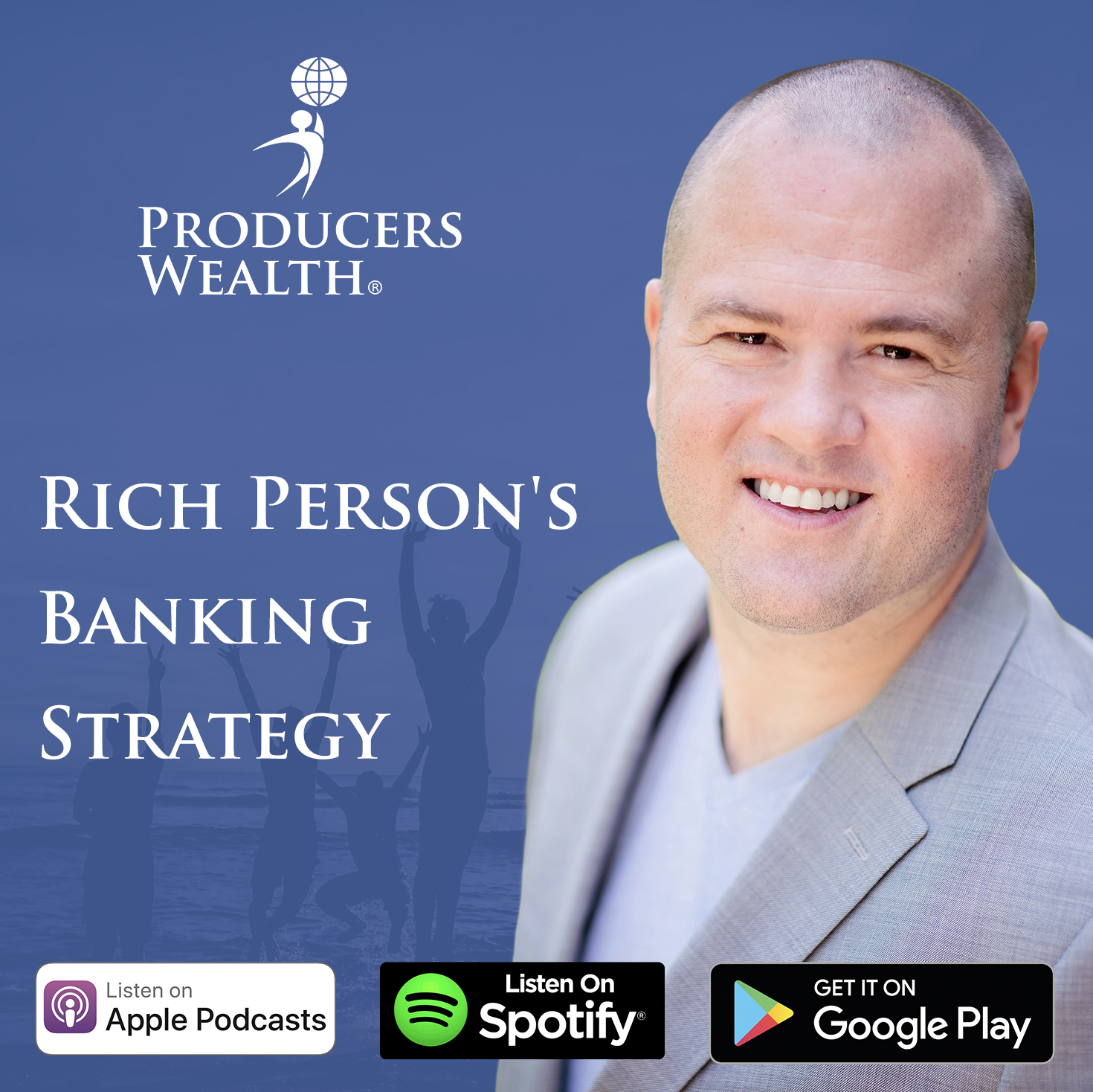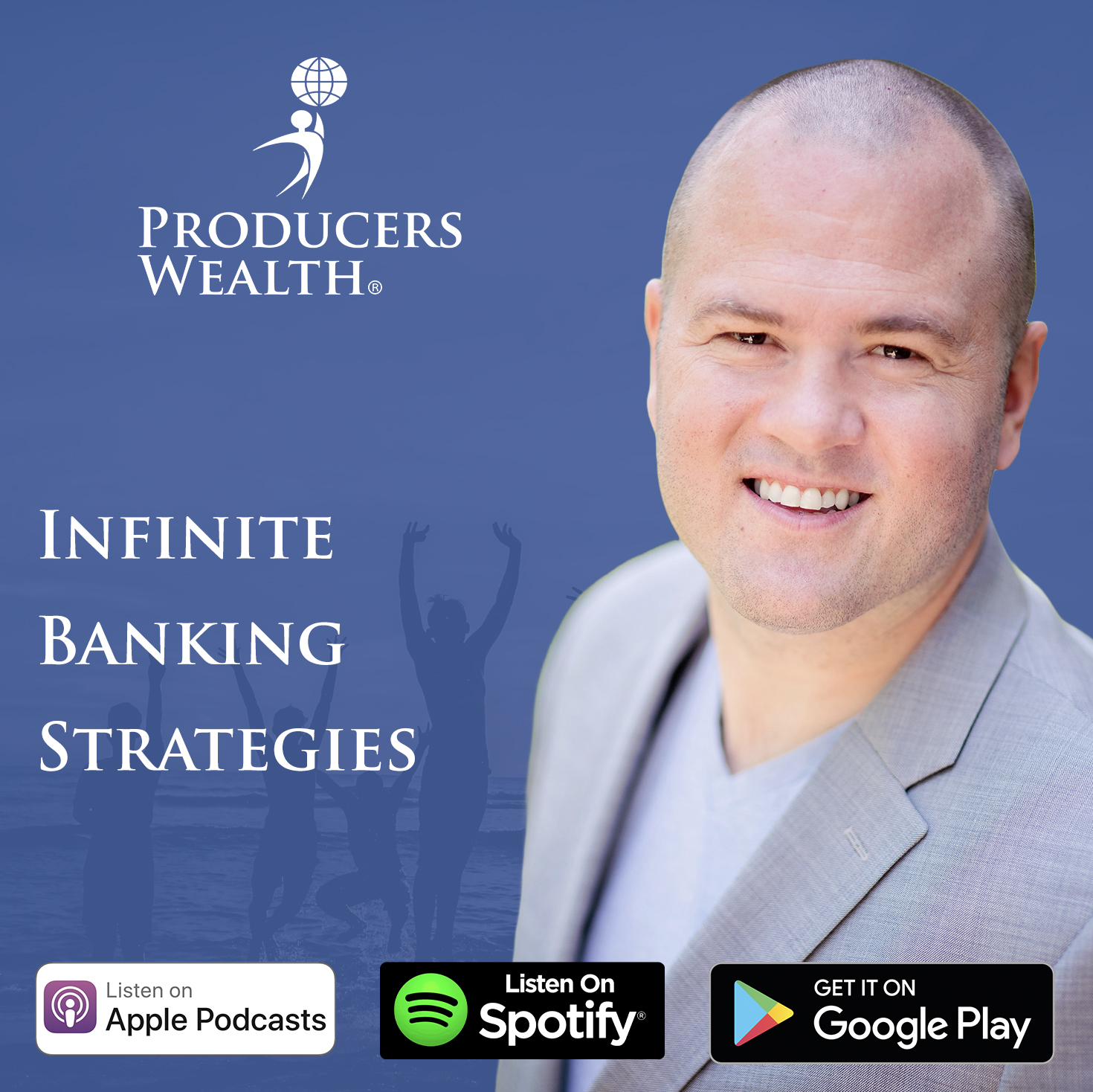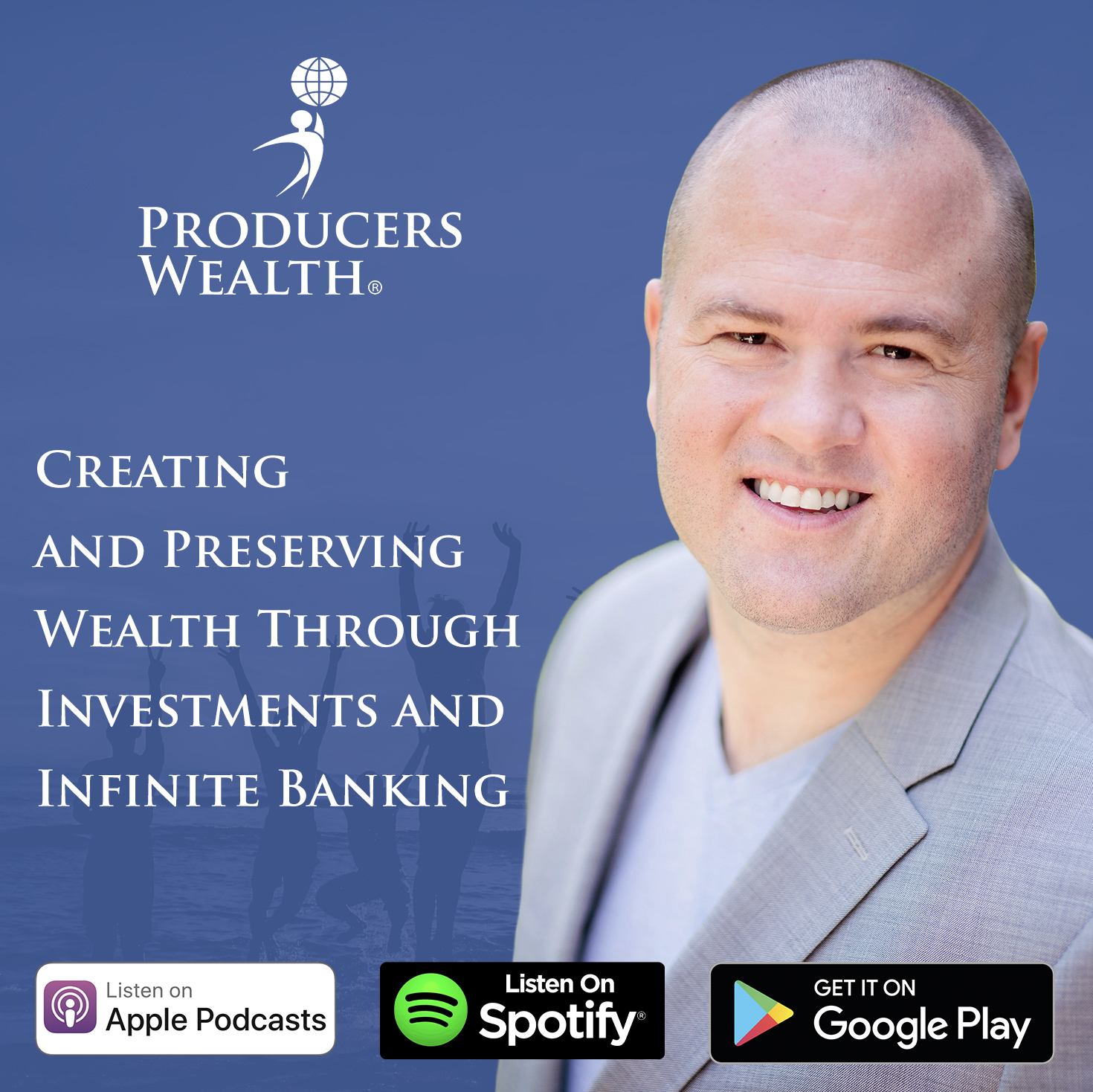
The Rockefeller and Van Der Bilt families are two names synonymous with wealth and power.
Despite the similarities in their opulent beginnings, the Rockefeller family has managed to preserve and grow their fortune over generations, while the Van Der Bill family’s wealth has dissipated over time.
John D. Rockefeller, the founder of Standard Oil, amassed one of the largest fortunes in history. Recognizing the need to preserve and grow the family’s wealth, he and his descendants have employed various strategies to ensure the longevity of the Rockefeller fortune. A key aspect of this approach has been the establishment of a family office structure, which has served as the backbone of the family’s financial management.
The Rockefeller Model
The Rockefeller family office, known as Rockefeller & Co., was established in 1882. Its primary function has been to manage the family’s investments, real estate holdings, and philanthropic endeavors. By centralizing the management of the family’s wealth, the Rockefellers have been able to maintain control, reduce costs, and make informed decisions about their assets.
In addition to the family office structure, the Rockefellers have utilized trusts and life insurance policies as tools to protect their wealth. Trusts have allowed the family to pass assets from one generation to the next without incurring significant tax liabilities, while life insurance policies have provided an additional layer of financial security.
Together, these measures have ensured the continued growth and preservation of the Rockefeller fortune.
The Rockefeller family to this day leverage the family office structure and trusts and life insurance. to continue to protect and grow the family’s wealth with every generation.
The Van Der Bilt Family Misfortune
In stark contrast to the Rockefellers, the Van Der Bill family has seen its fortune dwindle over the years. Once a prominent and prosperous dynasty, the family’s lack of strategic planning and unified wealth management has led to the dissipation of their wealth.
Unlike the Rockefellers, the Van Der Bilt family never established a centralized family office structure. As a result, the management of their wealth was dispersed among various family members and advisors, leading to inefficiencies and conflicting decisions. This lack of coordination contributed to the gradual decline of the family’s fortune.
The Van Der Bilt family also failed to implement protective measures, such as trusts and life insurance policies, to safeguard their wealth. Consequently, they faced significant tax liabilities and other financial risks that further eroded their assets. This lack of foresight has left the once-thriving Van Der Bill dynasty a shadow of its former self.
The contrasting fortunes of the Rockefeller and Van Der Bilt families demonstrate the importance of strategic planning and the implementation of protective measures in preserving generational wealth.
The Rockefeller family’s disciplined approach, employing a family office structure and utilizing trusts and life insurance, has ensured the continued growth and preservation of their fortune.
Meanwhile, the Van Der Bilt family serves as a cautionary tale of how the lack of a cohesive strategy can lead to the decline of a once-great dynasty.
How Did The Rockefellar’s Use Life Insurance?
The Rockefeller Family Office has been a pioneer in using life insurance as a key component of their generational wealth strategy.
Their family office, which manages the financial affairs of multiple generations of Rockefellers, has effectively harnessed life insurance as a tool for preserving and transferring wealth across generations
One of the core strategies employed by the Rockefeller Family Office is the use of permanent life insurance, such as whole life insurance.
The Rockefeller Family bank
The concept of creating a “family bank” with life insurance is centered around the use of permanent life insurance policies, specifically whole life insurance, to create a pool of cash value that can be used by family members for various purposes while also providing a death benefit.
This concept is similar to the Infinite Banking strategy.
The Rockefellers, one of America’s wealthiest families, are often cited as having used this strategy, although detailed specifics about their financial strategies aren’t public knowledge.
Here’s a simplified example of how a family might use life insurance in this way:
Purchase of Whole Life Insurance Policies: The first step is the purchase of a whole life insurance policy (or policies) by family members. These policies build cash value over time, in addition to providing a death benefit. Policies might be purchased on various family members, across multiple generations.
Building Cash Value: Premiums are paid into the policy, part of which goes towards the death benefit and part of which goes towards building cash value. This cash value grows over time, with growth typically guaranteed by the insurance company.
Borrowing Against Cash Value: Over time, the cash value in the policy can be borrowed against, essentially providing a “loan” that can be used for various purposes, like starting a business, buying a home, or covering education costs. This loan doesn’t necessarily need to be paid back during the lifetime of the person insured, but any outstanding loan balance will reduce the death benefit.
Death Benefit Payouts: Upon the death of the insured individual, the policy pays out a death benefit to the beneficiaries. If loans have been taken out against the policy, the death benefit would be reduced by that amount. The remaining death benefit can then be used to purchase another whole life policy on a different family member, continuing the cycle.
By repeating this process across generations, a family could create a substantial pool of cash value and death benefits. This pool could provide a significant financial resource for family members, while also providing a mechanism to transfer wealth across generations in a tax-efficient manner.
The life insurance policies are owned by trusts and the beneficiaries of the policies are also trusts.
By strategically owning and structuring life insurance policies, the family can minimize estate taxes and ensure that their wealth is passed on to future generations efficiently.
Watch all of our educational videos on Infinite Banking here.
Disclaimer and Waiver
Michiel Laubscher & Laubscher Wealth Management LLC is not an investment advisor and is not licensed to sell securities. None of the information provided is intended as investment, tax, accounting, or legal advice, as an offer or solicitation of an offer to buy or sell, or as an endorsement, of any company, security, fund, or other offerings. The information should not be relied upon for purposes of transacting securities or other investments. Your use of the information contained herein is at your own risk. The content is provided ‘as is’ and without warranties, either expressed or implied. Michiel Laubscher & Laubscher Wealth Management LLC does not promise or guarantee any income or specific result from using the information contained herein and is not liable for any loss or damage caused by your reliance on the information contained herein. Always seek the advice of professionals, as appropriate, regarding the evaluation of any specific information, opinion, or other content.





